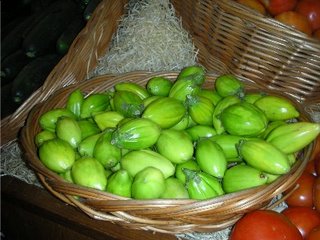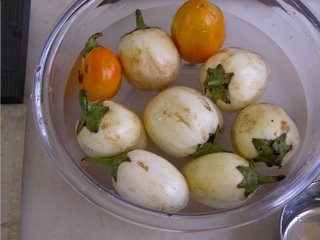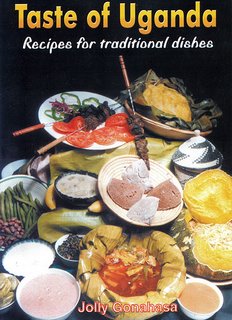Fufu in Brazil?
We've been in Brazil for 3 months. We're getting really tired of omo tuo (rice balls) in all our Ghanaian soups. I decided this week to attempt to make fufu with what is available when one does not have a mortar and pestle for pounding it from fresh cassava and plantains or cocoyams. At the market I picked up some polvilho (manioc, or cassava, starch). It seems to be
I spent a couple of hours last night trying to make Ghana-style fufu. You don't want the gory details. Suffice it to say that, with a great deal of trial and error, I produced a semblance of fufu that we managed to eat with our chicken light soup with okra. It was kind of a cross between that paste you use to stick wallpaper on the wall and fufu. Next time I need to drastically reduce the amount of starch, increase the amount of water, and figure out how to keep it from clumping up. Help! Have any West Africans lived in Brazil who can tell me what to do? We still have 2 more months here.
On a more hopeful note, I'm going to use some of the polvilho, along with a special cheese from Minas Gerais, to practice making a delightful type of puffy Brazilian cheese ball known as pão de queijo (bread of cheese), but that's another story.
Labels: cassava, farinha de mandioca, fufu, manioc, polvilho




